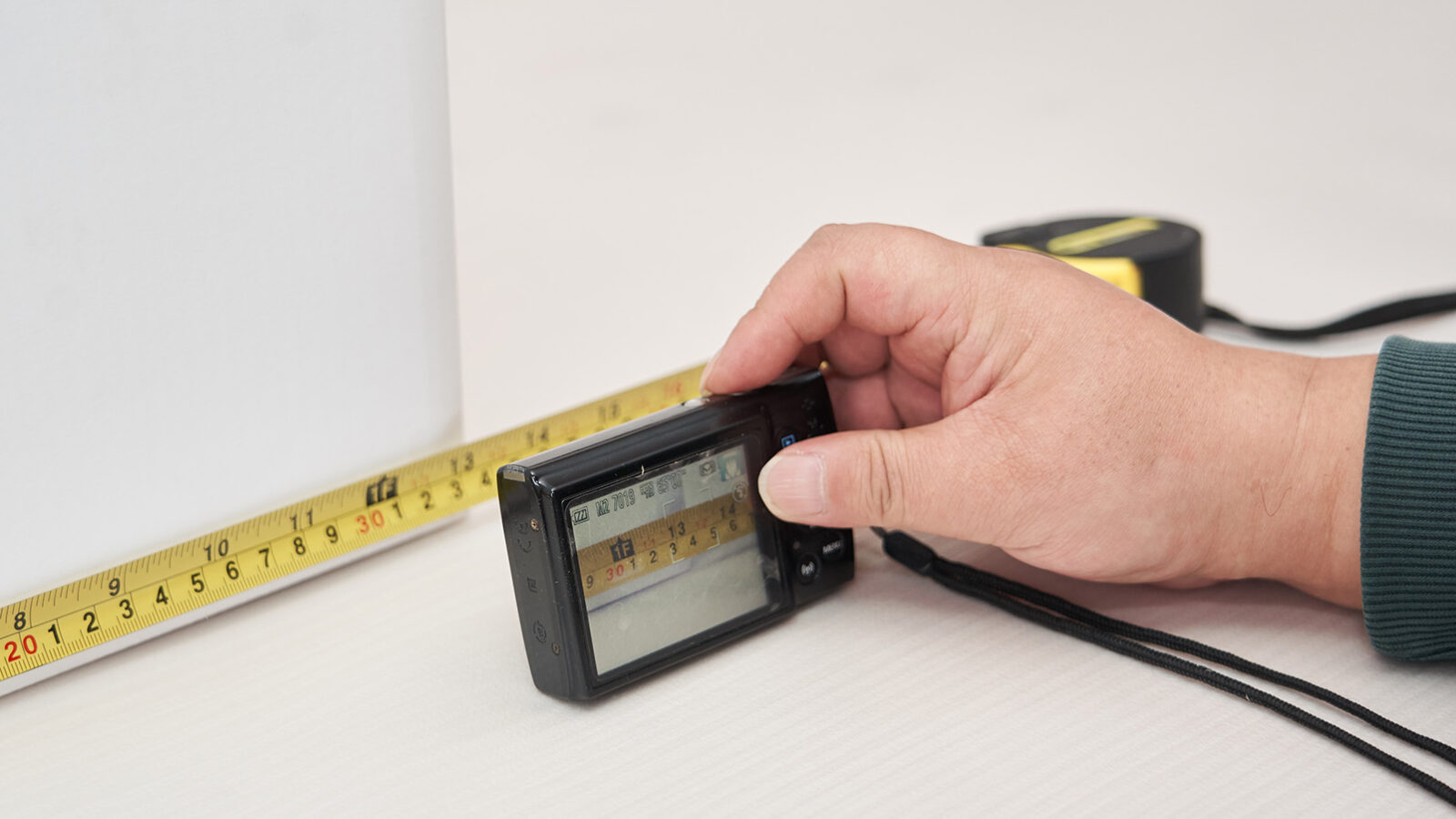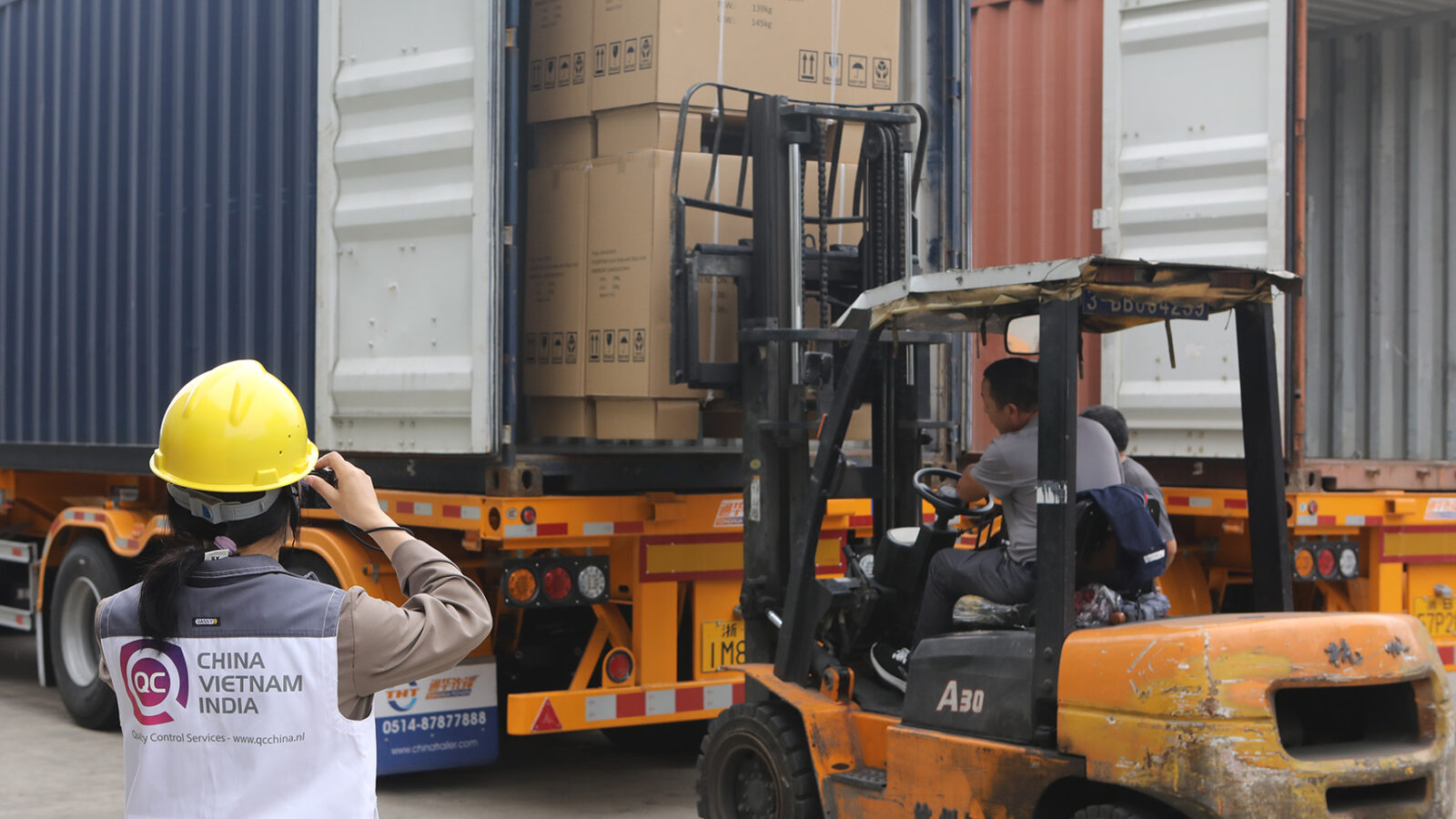
First Article Inspection
Controleer of jouw productieproces voldoet aan de gewenste specificaties. Identificeer en los problemen op voordat de massa productie start voor een optimaal product.


Quality Control (QC) is ruim 20 jaar geleden ontstaan vanuit een voorliefde voor China, een dienstverlenend karakter en een zakelijk instinct voor slimme handel.
QC is inmiddels uitgegroeid tot een professionele, wereldwijd opererende organisatie. Of je nu producten inkoopt in China, Vietnam, India, Turkije, Bangladesh, Pakistan, Filipijnen of Europa: de hoogopgeleide kwaliteitsinspecteurs van Quality Control zorgen ervoor dat je onbezorgd zaken kunt doen. Met kennis van de cultuur, gewoontes, denkwijzen en kwaliteit, slaat dit internationale team iedere dag opnieuw de brug tussen Nederland en het Oosten.
Met de Factory Audit lichten de fabriek grondig door. Bijvoorbeeld op het gebied van kwaliteit, hygiëne, werkomstandigheden en milieu. Dit helpt jou als importeur bij het beoordelen van de leverancier.
Ethische audits, Structurele audits, Productie-audits, Kwaliteitsaudits, Milieu-audits
Afhankelijk van jouw specifieke wensen en behoeften, vind je hieronder voor elke stap van het inkoopproces een geschikte kwaliteitsinspectie.

Controleer of jouw productieproces voldoet aan de gewenste specificaties. Identificeer en los problemen op voordat de massa productie start voor een optimaal product.

Een During Production Check (DPC) spoort vroegtijdig kwaliteitsdefecten op. Zo heb jij als importeur genoeg tijd om passende maatregelen te nemen en functioneert de productielijn optimaal.

Een Pre-Shipment Inspection (PSI) is een eindcontrole vóór verzending. We beoordelen de kwaliteit van producten, voordat deze de container ingaan en worden verscheept.

Met een Container Loading Check (CLC) houden we toezicht op het laadproces. Hierdoor lopen jouw orders geen onnodige vertraging op en zorgen we ervoor dat ze schadevrij hun bestemming bereiken.
Welk product jij inkoopt maakt niet uit; wij werken met hoogopgeleide kwaliteitsingenieurs die gespecialiseerd zijn in jouw productgroep.
Onze werkwijze herken je al snel. Daarin zijn we namelijk uniek. Bij ons heb je een Nederlands aanspreekpunt én deskundigheid op locatie. Zo kun je altijd rekenen op korte, snelle lijnen en heldere communicatie. Hierbij staat transparantie centraal: alles wat er gebeurt, vertellen we. Gewoon zoals het is. Het contact is persoonlijk en laagdrempelig. Daarbij zijn we bijzonder flexibel. Ieder project is maatwerk bij ons, want elk product en bestelproces is anders.
We beginnen met een vrijblijvende kennismaking waarin we onze werkwijze, methodiek en de structuur van onze rapportages toelichten.
Na het ontvangen van de input stellen we een gedetailleerd voorstel samen. In dit voorstel vind je een overzicht van alle werkzaamheden die we voor jou gaan verrichten en de kosten.
Ben je akkoord? Dan vragen we je om een introductiemail, met ons in cc, naar de producent te sturen met verzoek tot volledige medewerking.
Vanaf dit moment nemen wij het initiatief over. We nemen persoonlijk contact op met de producent en plannen de inspectie of audit in via een bevestigingsformulier.
Onze kwaliteitsinspecteur voert op de afgesproken dag een grondige inspectie uit op locatie in de fabriek.
Ons team in Shanghai verwerkt de bevindingen en resultaten van de inspectie in een uitgebreide rapportage.
Het complete rapport sturen we digitaal naar je op, samen met alle gemaakte foto’s en eventuele video’s (ook die niet in het rapport staan).
We staan voor je klaar om vragen te beantwoorden en advies te geven. Dankzij onze korte communicatielijnen kunnen we dit snel en in overleg met de inspecteur of producent doen.
Welk product jij inkoopt maakt niet uit; wij werken met hoogopgeleide kwaliteitsingenieurs die gespecialiseerd zijn in jouw productgroep.
Ieder rapport is anders
Kennis van regio én van product
Advies over inkoopcontract en fabrikant

Kwaliteitscontrole is een cruciale stap voor elk bedrijf dat producten laat maken in China. Dit proces zorgt niet alleen ervoor dat importproducten voldoen aan de..

Handelen met Chinese handelspartners kan bijzonder winstgevend zijn. Voor zakelijk succes is het echter van belang om betrouwbare zakenrelaties op te bouwen en te..

Met de introductie van het Carbon Border Adjustment Mechanism (CBAM) zal de toekomst van internationale handel veranderen. Hierbij wordt kwaliteitscontrole (QC) een nog..